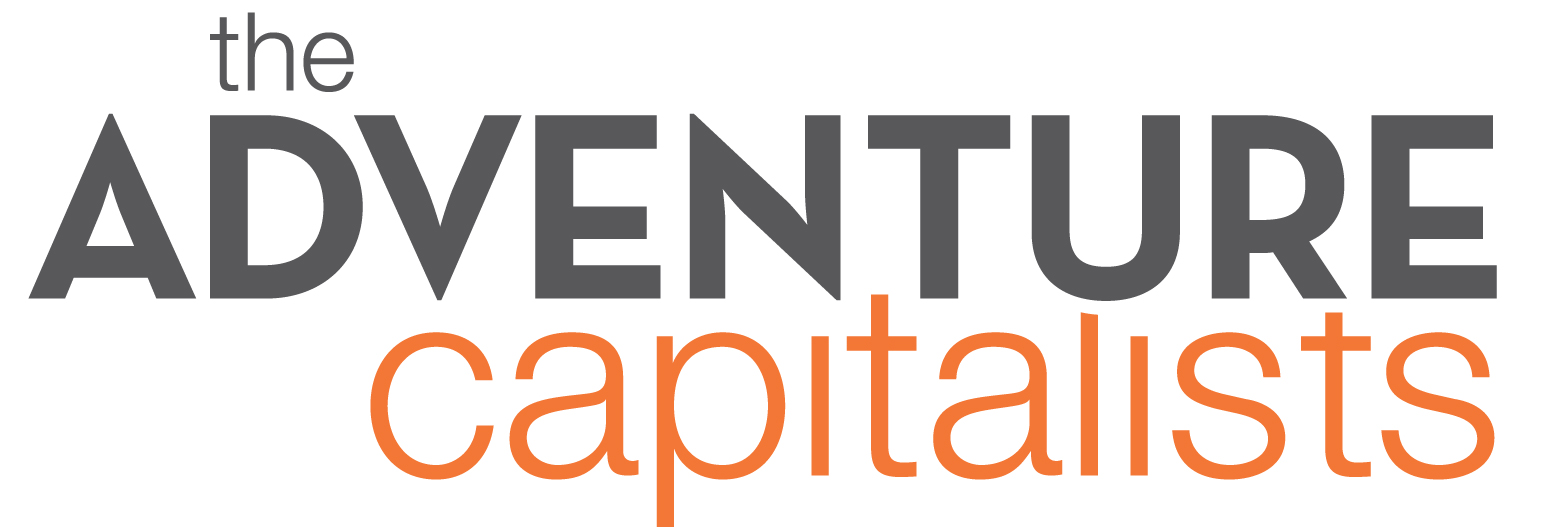Full Spectrum Leadership
When masculine and feminine leadership come together we can create sustainable, value adding, and lasting synergetic partnerships and businesses
The Daily Adventure: Full Spectrum Leadership
Have you read Lean In, by Sheryl Sandberg? She is the COO of Facebook and is ranked on Fortune’s list of the 50 Most Powerful Women in Business and as one of Time’s 100 Most Influential People in the World. The book, which fleshes out her 2010 TedTalk, highlights how women unintentionally hold themselves back from their professional goals and earning potential. The common thread between the topics she discusses comes down to one thing: quality of life for HUMANITY.
So, how is quality of life connected to women’s issues? Are women’s issues global issues, or are they strictly “feminist” concerns? This can be answered with a rhetorical question: Do you have a Mother? (If the answer is “yes,” you get the point.) We are all connected to women’s issues, whether we think so or not. We are all here on earth to learn, grow, forgive, solve, enjoy, perhaps mate, give back, and eventually pass on. Take a moment to think about the world outside of your door right now; what does that world look like? Now imagine if fifty percent of the entire population, all of the world’s women, were actually functioning at their full potential. Society would look and function very differently. So the real question comes down to: why are women not fully engaged?
Here’s a few statistics:
- More women attend a four-year college after high school than men
- The number of women taking the active role as the sole household provider is on the rise
- Women are more likely to lead in philanthropic business initiatives than men
This shows drive, leadership, and creative variances that are in fact necessary when it comes to the social and economic wellbeing of America, and the world in its entirety.
Yet in The Richer Sex, Liza Murphy explains how, within our hetero-normative society, there are pressures on women to be feminine, non-competitive, subordinate and stationary. She says, femininity is understood as “behavior that is pleasing and cheerful and differential. It’s acting nice in the office. It’s being submissive and dependent. It’s not being a shrew or a scold.”
So if women in the workplace act like the “feminine” women society thinks we should be, we’re not taken seriously as leaders. However if we lead a business the way a “man” would lead a business, we tend to come off as harsh, controlling…rather bitchy. And let’s face it; we tend to treat the more “feminine” women in the workplace as subordinates – great worker-bees but not leaders. (If you’re a woman who has worked in a corporate environment under a woman boss, you know exactly what we’re talking about).
Both genders are culpable for this problem; this idea that a woman can’t lead successfully and still be a woman. However, this pattern can evolve and change in our lifetime.
We have seen the incredible results of masculine and feminine leadership coming together to create sustainable, value adding, and lasting synergetic partnerships and businesses. Our leadership styles are different and VERY compatible when given the reign to shine and flourish.
In today’s culture most people want to remain as politically correct as possible, and the word different often holds negative connotations when in reference to describing men and women. But let’s face it, we are different in the sense that men and women have the ability to bring diverse, and equally crucial, qualities to the business world that a business model with just men, or just women for that matter, severely lacks.
The long-term benefits of having women in active leadership roles can create stability in a business, an organization, or even an entire country. Part of this stability comes from women’s innate ability to create and maintain meaningful relationships, which all commerce thrives on. Our relationships are our social security.

